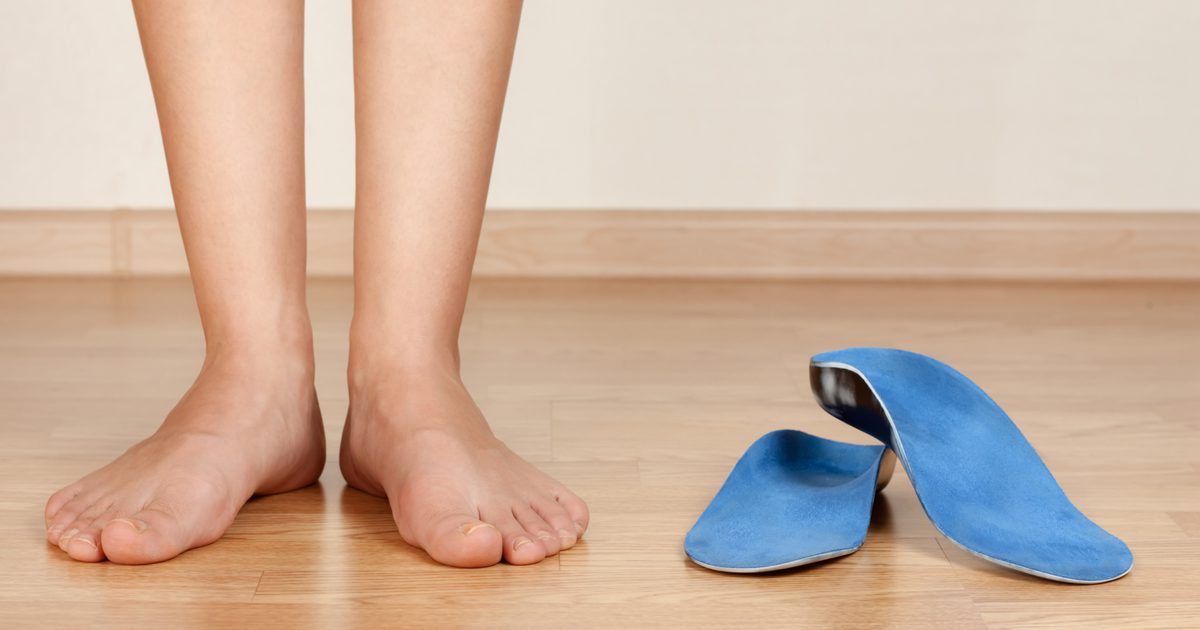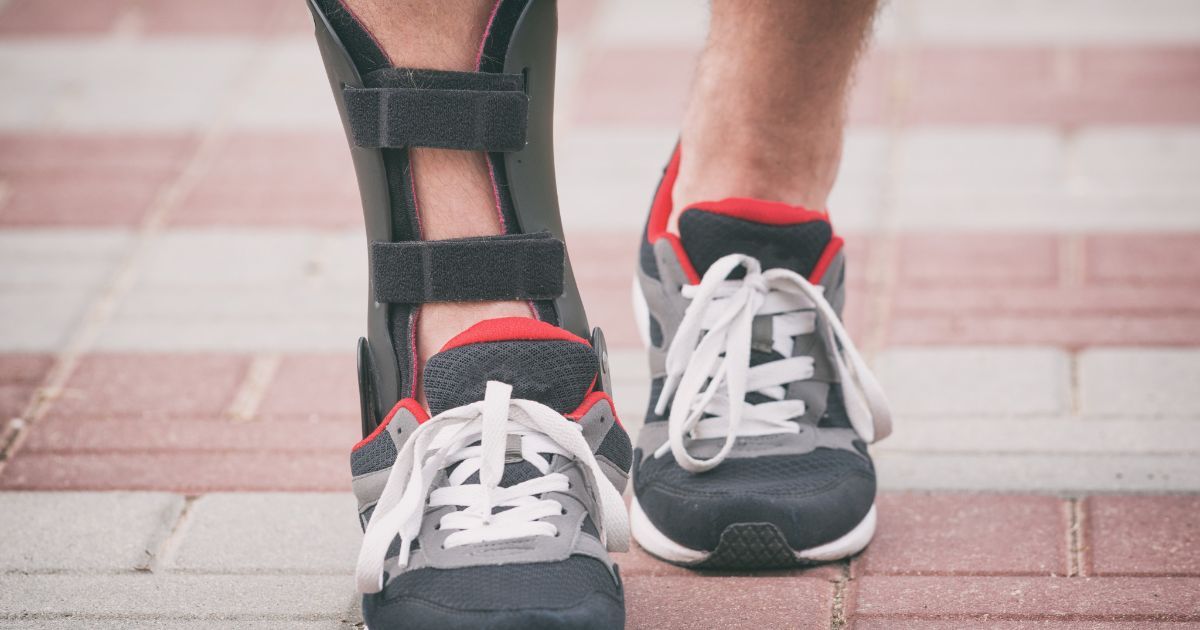Ways To Treat Posterior Tibial Tendonitis
Posterior tibial tendonitis is a condition that develops when the posterior tibial tendon is inflamed or torn. This tendon connects the foot muscles to the shin bone and is responsible for providing arch support to the foot. Symptoms of posterior tibial tendonitis include pain in the shin or along the inside of the ankle or foot. The pain typically worsens at night and with weight-bearing activities. Patients with this condition are unable to walk on their tiptoes on the affected side because of the pain. Posterior tibial tendonitis results in an acquired flat foot and can result in instability while walking. Doctors will perform a clinical examination, palpating the foot for areas of pain and looking for signs of swelling, to diagnose posterior tibial tendonitis. Patients will be asked to stand and walk so doctors can observe their gait. Doctors may ask the patient to walk on their tiptoes. MRIs or CT scans may be needed to provide a proper diagnosis. Orthopedists typically treat patients with this condition. The treatment options described below are often recommended for patients with posterior tibial tendonitis.
Wear Shoe Inserts

Patients diagnosed with posterior tibial tendonitis may be advised to wear shoe inserts. These orthotic devices are cushions made of foam or gel that are placed in the shoe of the affected foot. They work by reducing tendon strain and repositioning the affected foot so it is properly aligned. For mild cases of this injury, over-the-counter shoe inserts may provide some relief. However, most orthopedists recommend patients be fitted for customized shoe inserts, as these typically provide the highest level of support for the affected foot. Most orthotics can be made in orthopedic offices, and some physical therapists can also provide them. Patients may wish to reconsider their footwear choices while undergoing treatment for posterior tibial tendonitis. For example, they may want to select shoes that do not pinch their feet, and high heels should be avoided.
Learn more about treating posterior tibial tendonitis now.
Wear Walking Boots

Patients with moderate cases of posterior tibial tendonitis and those who have had multiple injuries to this area may get more relief from their symptoms if they wear walking boots. Walking boots provide more support than shoe inserts. In fact, a walking boot is worn instead of a shoe on the affected foot. Walking boots prescribed for this type of injury typically take the form of ankle braces, which lace up around the ankle, providing joint support and removing all pressure from the posterior tibial tendon. While patients with milder cases of posterior tibial tendonitis may find relief with a supportive running shoe or lace-up boots, custom-made walking boots are most helpful for patients who also have joint stiffness or arthritis. Most patients who wear walking boots do so for a few weeks.
Keep reading to discover the next method of treating posterior tibial tendonitis now.
Activity Modification

Activity modification is central to the treatment of posterior tibial tendonitis. To do this, patients must identify the activities that contributed to their condition and then find ways to modify these so they do not trigger symptoms or pain again. For example, patients whose posterior tibial tendonitis was caused by participation in sports may cut down on the number of hours they spend playing that sport. They may also need to stop performing certain exercises or movements that cause them pain during practice. Physical therapists, sports medicine doctors, orthopedists, and team coaches can all provide suggestions on appropriate activity modification practices patients may want to implement. Modification often involves the use of supportive bandages or other aids that can make movement less painful, and it is typically combined with a course of physical therapy to strengthen the affected muscles and tendons.
Get the details on more ways to treat posterior tibial tendonitis now.
Take Recommended Anti-Inflammatory Medication

Posterior tibial tendonitis often requires the use of several medications, including anti-inflammatory medication. Over-the-counter doses may be effective for mild cases of this form of tendonitis, and stronger prescription anti-inflammatory medicines can also be prescribed as needed. These are often combined with pain relievers. Patients may also wish to try pain-relieving topical gels.
Since long-term use of anti-inflammatory medicines can cause liver or kidney damage, patients are typically recommended to take the lowest effective dose for as short of a time as possible. While taking anti-inflammatory medication, patients should be aware of the potential for serious side effects. These include stomach ulcers, stomach pain, heartburn, ringing in the ears, and high blood pressure. Patients may also experience swelling in the legs and headaches. The risk of side effects from these medications is higher in patients who are over sixty years old and in individuals who smoke. Patients who need long-term anti-inflammatory medication may also be prescribed a drug that blocks stomach acid to reduce the risk of heartburn and stomach bleeding. Doctors typically recommend patients take anti-inflammatory medicines with food to reduce the severity of potential side effects.
Uncover more posterior tibial tendonitis treatment options now.
Rest The Injured Area

At the first sign of posterior tibial tendonitis, patients should rest the injured area. In cases of mild injury, rest may be all that is needed to resolve symptoms. While resting the injury, patients should also elevate the affected foot on a pillow. The use of a compression bandage or brace may also be helpful, and patients can get advice about which types are best for their situation from a physical therapist or orthopedist.
Rest is often combined with the use of ice to reduce swelling. Patients can apply ice packs to the affected area up to four times a day, and they should be applied for between twenty to thirty minutes at a time. Ice should always be wrapped in a plastic bag or towel before being used to avoid burns and other ill effects.